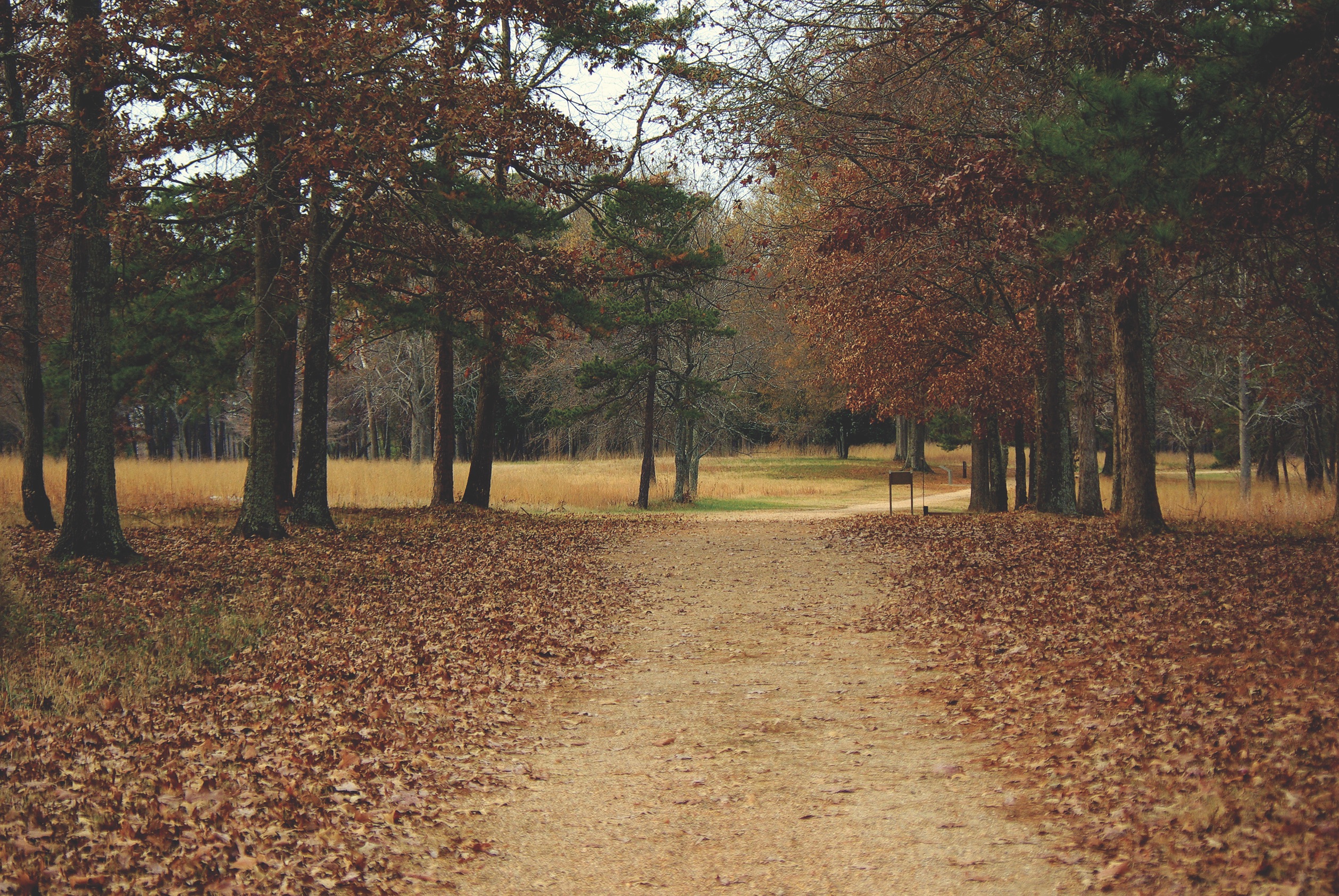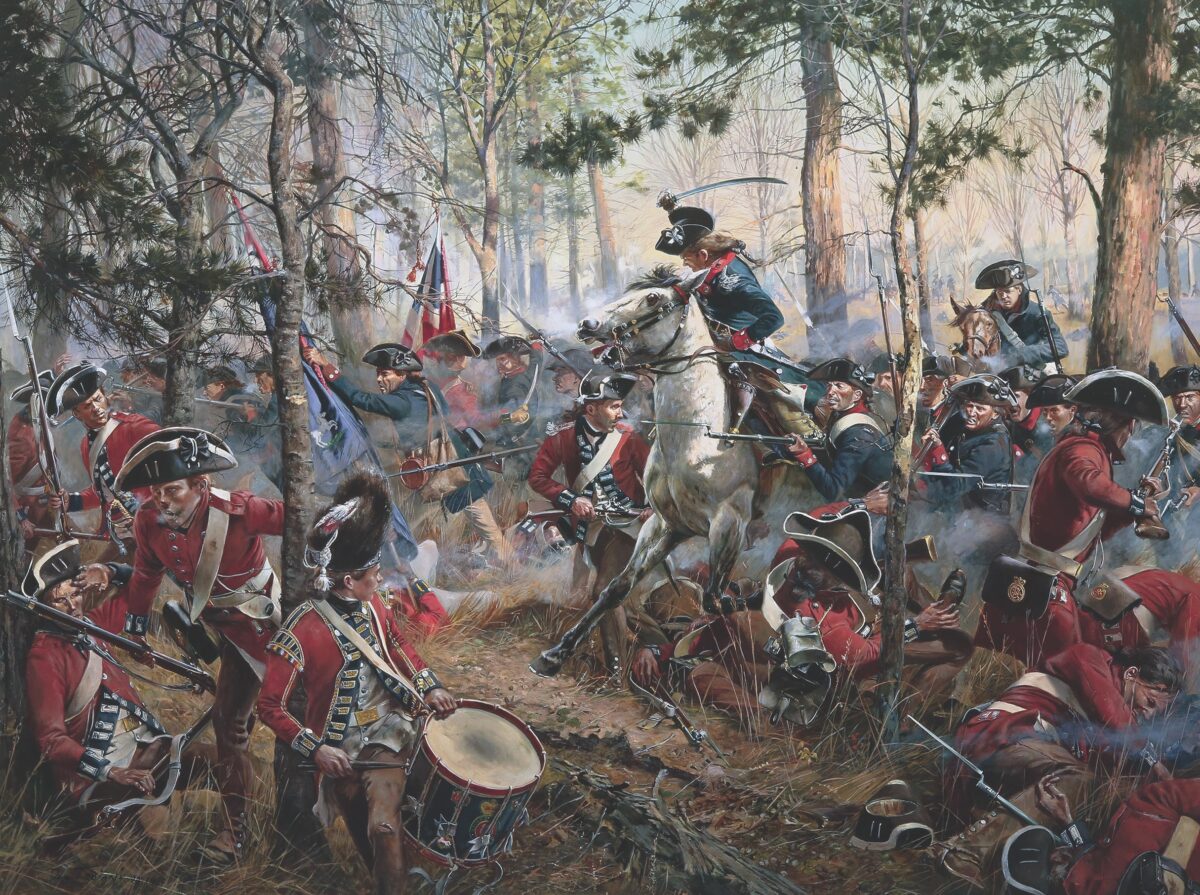Virginian Daniel Morgan was a crack-shot frontiersman and soldier. Few men in American history hated the British more than Morgan. Having survived the usually fatal sentence of 500 lashes for striking a British officer during the French and Indian War, he repaid the Redcoats in spades during the American Revolution. This was especially true on Jan. 17, 1781, at Cowpens, S.C., a battle that set the stage for the Franco-American victory at Yorktown, Va., that October, effectively ending the war and ensuring the United States’ hard-won independence.
Facing a stalemate in the Northern colonies, British strategists looked to help Southern Loyalists (aka Tories) regain control of their region and then use those recruits to augment British forces on a northward march to crush the rebellion. The campaign began well with the British capture of Savannah, Ga., in late 1778. In May 1780 they took Charleston, S.C., compelling an American army under Maj. Gen. Benjamin Lincoln to surrender. That August at Camden, S.C., the British destroyed another American army, led by Maj. Gen. Horatio Gates—the victor of Saratoga and rival of Gen. George Washington.
The Southern theater was the scene of a brutal civil war between Loyalists and Patriots (aka Whigs). Both sides organized militias and devastated the countryside. In October 1780 Washington, hoping to turn the tide of conflict, appointed Maj. Gen. Nathanael Greene the new American commander in the South, assisted by Brig. Gen. Morgan. Both were trusted lieutenants of Washington. Greene divided his army soon after his arrival, sending a detachment under Morgan southwest of the Catawba River to hamper British operations in the Carolina backcountry.
The British commander in the South, Lt. Gen. Charles Cornwallis, sent Lt. Col. Banastre Tarleton to block Morgan. Patriots widely despised Tarleton for having allowed his men to kill surrendering American soldiers at the May 1780 Battle of Waxhaws, an action derisively known as “Tarleton’s Quarter.”

On Jan. 12, 1781, British scouts pinpointed Morgan’s army on South Carolina’s Pacolet River, and Tarleton gave chase. Morgan retreated north and by January 16 was traveling west on the Green River Road. That day, as Tarleton closed in, Morgan resolved to make a stand at Cowpens, a frontier pasture some 500 yards long and wide with scattered trees but little undergrowth. Morgan called for militia units to gather there, and they began to arrive overnight.
January 17 dawned clear and cold. The British had been on the march since 3 a.m. Tarleton’s approaching army, anchored by his veteran Loyalist British Legion, numbered 1,150 men, including 300 mounted dragoons, more than 600 infantrymen and two 3-pounder cannons. Morgan waited with some 1,900 men, comprising 182 Continental and state dragoons, 300 Continental infantrymen and some 1,400 Southern militia. Tarleton was confident of victory and deployed his men along the Green River Road.
As Morgan expected, Tarleton attacked head-on. Morgan’s first line of troops were sharpshooters who drove off the British dragoons before falling back to join the Southern militia in the second line. That line fired two volleys before withdrawing to the third line, comprising the Continental infantry.
Interpreting the pullback as retreat, the British infantry, led by the 71st Regiment of Foot, confidently advanced. Amid the noise of battle militiamen on the American right mistakenly turned to retreat. Sensing victory, the British broke ranks and began to charge. At that moment Morgan rode up and ordered his troops to turn and fire, which they did, inflicting heavy losses. The reorganized American militia and dragoons then enveloped the fleeing British. Tarleton and survivors fled back to Cornwallis’ main army.
Calling the battle “a devil of a whipping,” Morgan reported just 12 Americans killed and 60 wounded, while Tarleton lost 110 killed and more than 700 captured. After rejoining the main American army, an ailing Morgan retired to his Virginia farm, leaving Greene to harry Cornwallis to final defeat at Yorktown that fall.
Established in 1929 and managed by the National Park Service, Cowpens National Battlefield—near Chesnee, S.C., just south of the state line with North Carolina—features battle relics and displays relating the Southern campaign. MH
This article appeared in the January 2022 issue of Military History magazine. For more stories, subscribe and visit us on Facebook.





